


























WE MADE IT TO FRANCE, WRFC PRACTICE WEEK
By Tarryn Myburgh
Google Banner Ad

A few short months later, we book into the Ibis hotel in Mâcon, France, that will be our home for the next two weeks. Between the organisation of the Presidents Trophy Air Race, a work trip to the UK, a visit to friends in Luxembourg and watching the final stage of the Tour de France in Paris we have somehow managed to squeeze it all in. Phew, it has been a busy year already!

Watching the Tour de France along the Champs-Élysées

We arrive to a gloomy looking Mâcon-Charnay Airfield
We are introduced to our Cessna 152, F-GBFJ or Juliet Fox. She is an inconspicuous looking red and white aircraft that we will be sharing with fellow South African team, Apie and Frederik. As we eagerly remove the cover and shake off the morning dew, I am feeling overwhelmingly underprepared. I have a total of 8.2 hours flight time spent in any Cessna, but everyone is itching to get in the air and so it is time to go for a validation ride. There is very limited time for practice before the competition starts on Monday, so we need to get going right away.
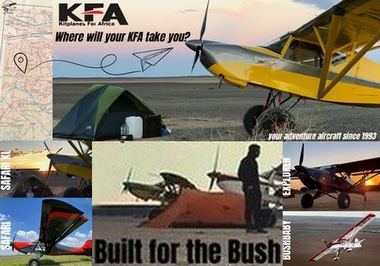
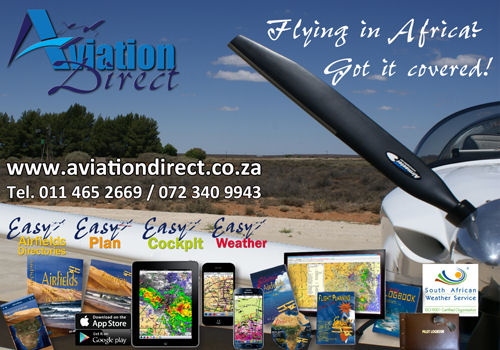
Apie generously offers to let me fly first. I can't think of any reason to delay without looking like a wimp, so I swallow my nerves and we start the pre-flight. Loic flew our Cessna, Juliet Fox, from the Western Coast of France and will also be taking me for my validation flight. I am not sure what to expect and Loic is in a rush to get back to his organiser duties. The circuit is busy as the French teams are taking full advantage of the fact that they have free reign before anyone else arrives. A shower of rain is slowly moving towards the airfield, and everyone is babbling away in French.
We join the circuit, and the sheer number of aircraft and unintelligible chatter makes it a challenge. My French doesn't quite extend to aviation terminology yet, but Loic mans the radio for now. With one smooth landing, Loic is satisfied, and my validation is complete. It feels rather surreal that I can now fly in France!

Validation Flight Complete
The area round the airfield is spectacularly beautiful. To the east of the airfield are hundreds upon thousands of villages, towns, and cities all interconnected by varying size roads, railways, and cycle paths. While it is generally flat, the far east of the competition area extends into the foothills of the Alps and the terrain is spectacular.


To the west of the airfield lies rising ground, with a belt of hills running approximately north to south. Navigation in this area is extremely difficult with the smaller and sparser (a relative term) agricultural villages divided by numerous farm roads that aren't on the map.
Navigation will be carried out using Michelin Road maps. These maps show incredibly detailed infrastructure but no topography. A quick mind shift is required to get used to flying without using terrain for navigation. In addition, we must quickly learn to filter the extreme amount of information available into only what is required to find the next turn point.

As I turn more and more, Iaan asks "What are you doing?". "Flying to the next turn point" I respond. "But it's more to the left? Where are you going?" I am completely disoriented. Not only am I unsure of my current position but I can't even say where we came from. I realise with a shock that if we get really lost, I have no way of finding my way to our new 'home' field in Mâcon. I have no GPS and I feel slightly panicked. Now what?!

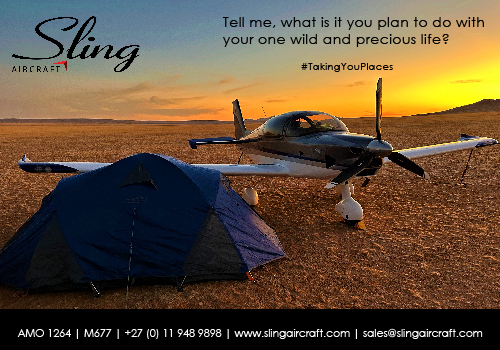
Now approaching turn point 2 for the second time, I notice a rain shower approaching a bit too close for comfort if I continue. What is it about this darned turn point? We deviate around the rain and continue from turn point 4, just past the town of Bourg-en-Bresse. My panic starts to subside as I am starting to make sense of the endless towns and roads and navigating my way around the route. All of the hours on the home simulator really did help. Timing will follow, I repeat to myself, just stay on track!
With only 3 legs left, I notice one of those pesky showers just north of Mâcon and it looks like a big one. We better hurry back before that arrives. I quickly reduce the flaps and speed up, making a beeline for the airfield. A few miles out I call the tower on the radio to ask for the opinion of a local. A faint voice comes back on the radio. Oh boy, I can't hear them!
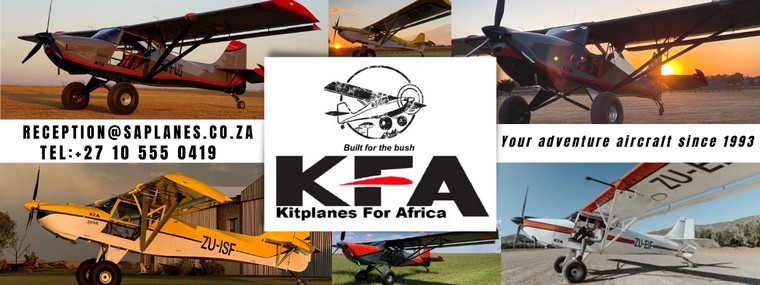
I quickly consider my options. This Cessna 152 has long range tanks. With over 100 litres of avgas still on board, we could easily fly around as long as needed waiting for the storm to pass. I also know that we flew past Bourge-en-Bresse a few minutes ago and the way back there is clear. I remember from the simulator that they have a lovely long tar runway that we used as "away landing" practice. I can't remember the frequency, but we can worry about that later if we need to use it as our alternate landing field.
About to turn around, I hear a familiar voice loud and clear on the radio. It is Tony, another pilot on our team. We have a quick discussion about the weather at Mâcon. The wind is straight down the runway and visibility clear. The rain is moving slowly but it is close now. We agree that I am close enough to fly straight in before the weather arrives. I join straight onto final approach and have a surprisingly smooth landing. As I shut down in our parking spot, it starts to pour with rain. We grab our belongings, abandon all hope of putting the cover on the aircraft and run for cover. The day's flying is over.
Wednesday remains overcast, preventing flying to the west of the airfield where the rising ground rapidly meets the clouds. Fortunately, the east presents a wide, low-lying area allowing some routes to be flown. Quality training and familiarisation are now underway. Apie and Frederik are flying first again this morning and my heart sinks as they arrive back with a problem. The carb heat is slowly inching open during flight, causing a steady but constant loss in performance in flight. Not only is this dangerous, but I can see our training time withering away before our eyes.

We all nervously watch as Macon Air Services looks at Juliet Fox
Not long after take-off, Iaan notices that the carb heat is still slowly creeping out. It is now much slower and less extreme, but he continually has to remind me to close the carb heat. We are flying the Burgundy Route again as we still need to get our eye into navigation here. Figuring out which towns, roads, forests or dams are shown on the map requires full focus every moment that you are in the air and I don't need the added distraction of fiddling with the carb heat every few minutes.
A controversial new rule is in place this year. Certain instrumentation is now allowed, including digital tools that give ground speed and heading. Apie and Frederik have ordered a Dynon D3, a portable digital instrument that gives us heading and ground speed. They have generously said that we can also use the D3, but some shipping issues mean it hasn't arrived yet. I am practically holding my breath hoping it arrives soon as the extremely challenging navigation on top of trying to figure out timing in this new aircraft have me tested to my limits.

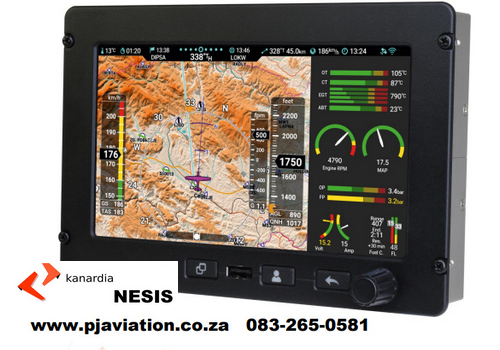
Conditions improve significantly on Thursday with temperatures soaring into the high twenties, leaving the teams all sweating both on the ground and in the air. With this improved weather, many of the other European teams can begin to arrive, flying in their own aircraft to the airfield. Things are about to get very busy.
We are excited for Day 3 of practice. The D3 has arrived, the weather looks great, and we have duct-taped the carb heat firmly into place. What could possibly go wrong? We plan to fly two routes today and get some landing practice in. It is a big day and time is running out rather rapidly. First up is the Bordeaux Route to the west of the airfield. As I focus on approaching the start point, I see another aircraft orbiting in the same area. I imagine they are flying the slot 5 minutes behind us but call on the radio to confirm. In response, I get silence. I head for the start line and no longer see them, so we focus on our navigation.
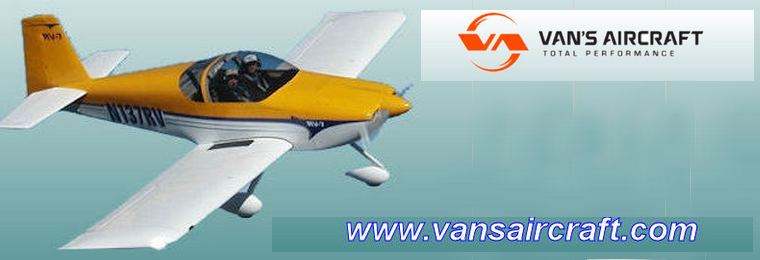
This area is notoriously difficult for us based on our simulator flights. The D3 is immediately showing its value. I use it to turn onto our heading and can then navigate normally using my map and features on the ground against my minute markers. The bonus is that now I can check my heading and ground speed every few minutes to make sure that I am not drifting off track and that I am compensating for the wind correctly.
Things seem to be going well when I look down at turn point 3. I am comparing the photo to the ground when suddenly I see another aircraft below me! Oh no, the aircraft spotted earlier is flying the same route as us and at the same time! They are flying a high wing so have no way of seeing us above them. I try to call them on the radio again but still get no response. I promptly orbit once, trying to keep an eye on them and the route at the same time.
To say it throws me is an understatement, but we need to focus quickly or risk becoming disoriented. I try to say exactly how much time we lost in the orbit so that Iaan can rapidly reset the stopwatch. The orbit should allow the conflicting traffic to get ahead of us and we can continue with enough space for the team behind, but it disrupts our process completely for a few moments. We can't start the stopwatch at zero because the maps are already marked, and it will take too long to redo. Somehow, I make the new timing work and the rest of the route fortunately passes without incident. We find out after we land that the conflicting team missed their slot so just started a few minutes later without thinking about us.



Friday is another sunny day, and we have one route and one landing slot planned. Our final route, the Loire Route, has so far thrown everyone in our team for a bit of a loop. We treat the day as full competition style practice, plotting in the aircraft under time pressure. It is important to get our cockpit procedures and tools in place now that we have the navigation relatively under control. I feel nervous. If we do well, it sets us up on a positive note to start the competition, but if it goes poorly, it allows doubt to creep in.
It is immediately off to a challenging start as I spot the Start Point far too late. Over the ridge, I spot the town next to turn point 1 and head for it. The heading seems slightly off, but the towns on the map seem to match. Slowly, I realise the timing isn't quite right and then I spot the next town. Darn, that is the turn point over there! "Let it go, Tarryn" I mutter to myself as I focus on turn point 2.
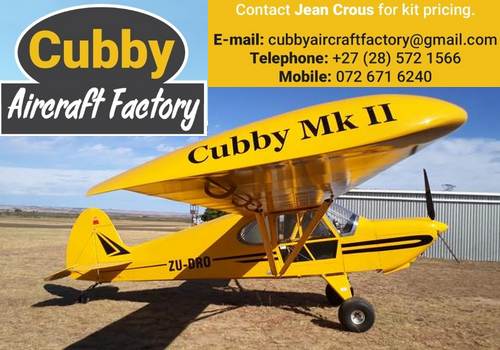
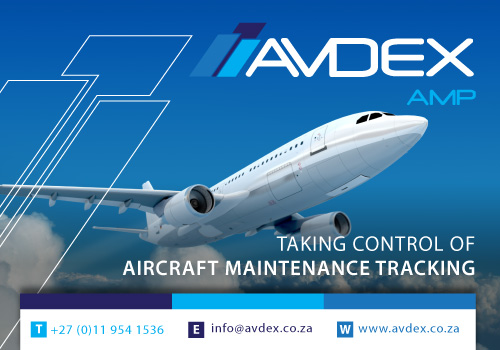
I am back into the groove and things are going well until we get to the arc. The first half goes smoothly, but things go rapidly awry. The second half of the arc isn't so clear, and I drift off course without realising, searching for the elusive turn point. I turn far too sharply, and when I finally see it, we are far off track and very late. Oh dear. At least we found it and can continue, Iaan tries to console me. When I completely miss the finish point, I am beside myself. Four missed turn points in one flight! After our debrief we can see that I am consistently flying to the right of track and often this means that I come close to but ultimately miss the turn point.
To get things back on track and rebuild our confidence, we quickly put together a short timing route that we can squeeze in before our final landing slot. With only 5 turn points, it does the trick. I am now flying on track and am feeling a lot more positive about my timing as well as starting to find the turn points easier. We also fit in another 4 landings. They feel a bit closer to the elusive bingo line and I start to feel a bit calmer.
Saturday morning dawns overcast with rain showers predicted all day. The high cloud base allows some training to still take place but we decide to take the time to rest and prepare for the week ahead. The Opening Ceremony is scheduled to take place at 5pm but the rain sets in properly around lunch time and the start is delayed by an hour.

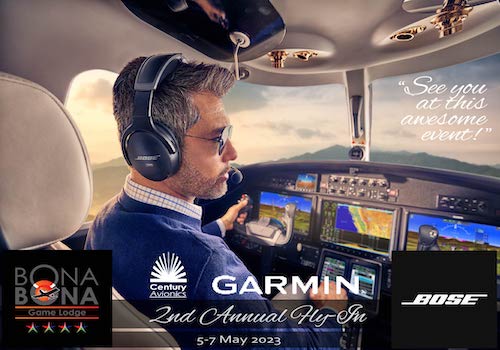
As soon as the rain subsides, the teams start to gather excitedly in the Square de la Paix for the ceremony, which commences with a parade through town. The procession is led by a trio of musicians playing brass instruments. Each team lines up behind their national flag and we pass the magnificent old buildings, parade through the apartment blocks and down the main shopping streets of Mâcon. Finally, we can see a bit of the town from the ground! We are met with cheers and welcoming greetings from the locals as we pass through the centre of town and finally gather in front of the spectacular Saint-Pierre Church.

Excitement is building as tomorrow is the first competitor briefing and we all need to finalise our preparation ahead of the competition that starts on Monday. I am desperately hoping that it holds fewer surprises than practice week!
www.airheart.co.za

Kit Planes for Africa
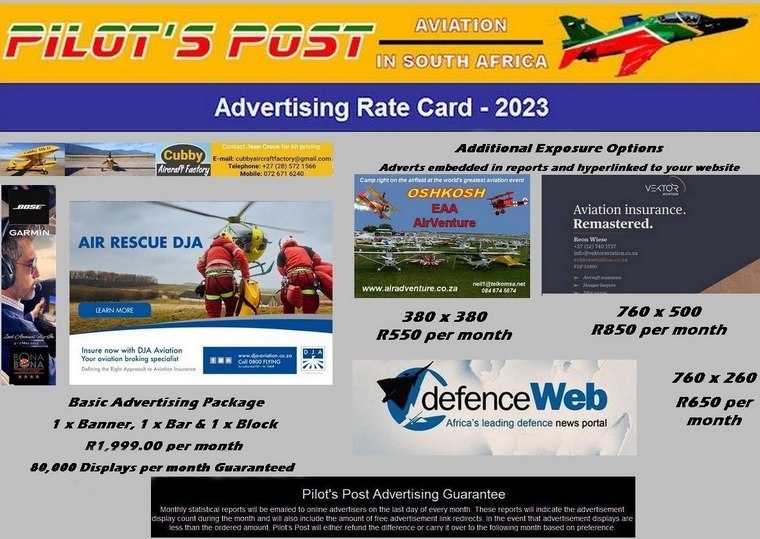
Google Banner Ad
 |
 |
 Copyright © 2024 Pilot's Post PTY Ltd
The information, views and opinions by the authors contributing to Pilot’s Post are not necessarily those of the editor or other writers at Pilot’s Post.
Copyright © 2024 Pilot's Post PTY Ltd
The information, views and opinions by the authors contributing to Pilot’s Post are not necessarily those of the editor or other writers at Pilot’s Post.